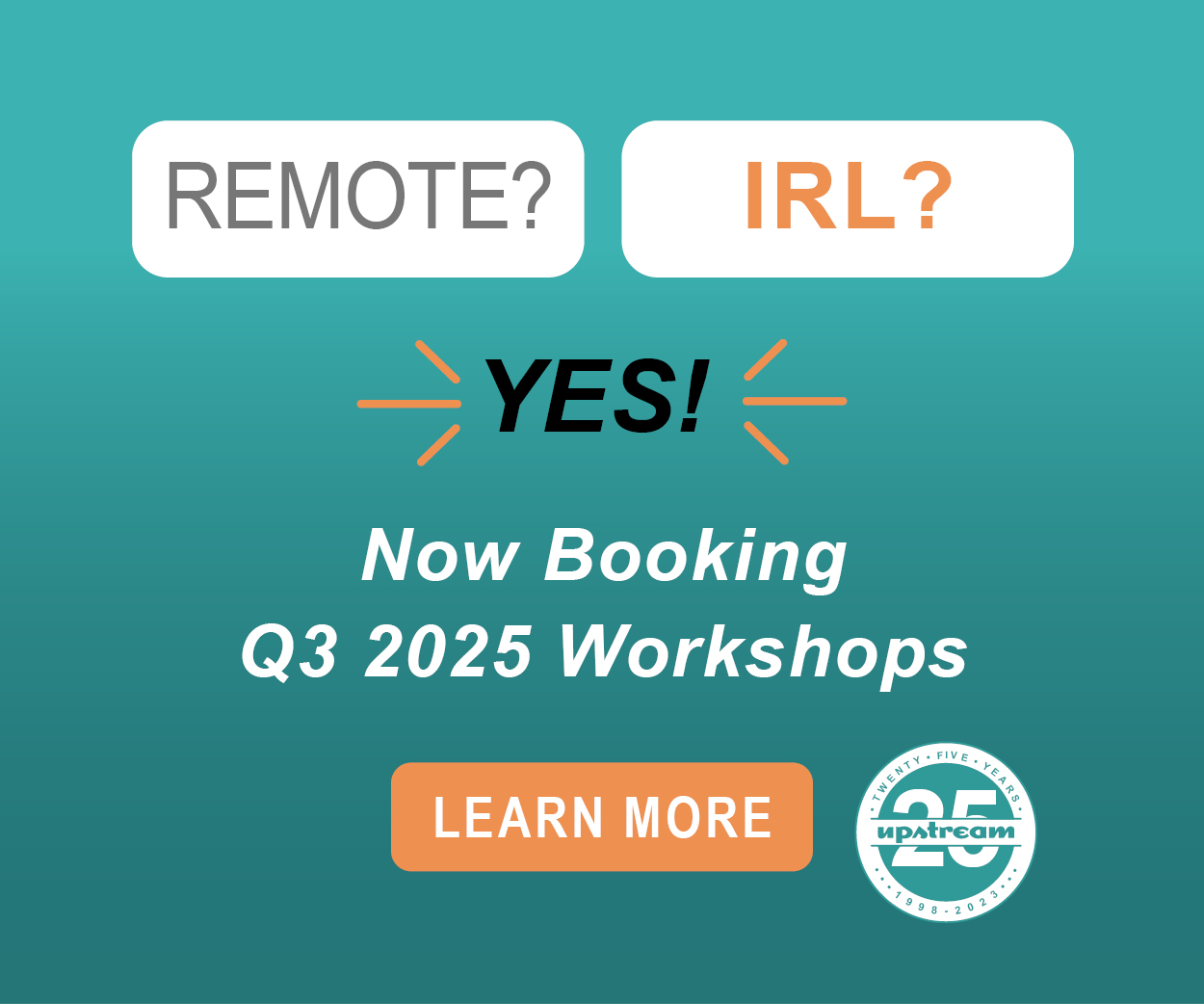
It happened again.
You were teed up for an early planning session with the agency team responsible for a prized account. Or perhaps you were at the final stages of a foundational deal or partnership. The operative word in both sentences is were.
Change happens quickly and then rolls downhill even faster. The key client contact leaves the company. The account goes into review and soon pivots to a new agency. Or it could be that the agency team that’s come to know and love you so well simply pivots off the business. Brakes are pumped, delays are announced, and priorities and budgets are reset. Even upfront agreements and spending guarantees are easily suspended, especially in this age of the Endeavor. So, what to do when (not if) this happens to you?
Ounce of Prevention. It sounds like second-guessing to ask what kind of contingency plan you’ve got in place. You may not have one on the business that’s flipping, but it’s perfect time to set one up for the other deals you’ve got in the pipeline. Find one senior exec on each pipeline account – call them your truth-teller – and ask if you can call on them for guidance should there be any unforeseen account transitions. This may not sound like much, but it will mean the world to have this understanding in place when the time comes.
Gather Evidence. The new client contact came from somewhere. Her work history and self-description on LinkedIn (Storyteller? Results-driven marketer?) will let you know a lot about her orientation and – possibly – her expectations. That new agency that won the business? What do they say about themselves on their website? What does their past record of buying or creative behavior tell you?
What’s Essential in the Transition? The client business still needs to function and customers still need to be reached. Don’t just ask questions about timing of new budgets and plans: everybody’s asking and there are no good answers. Instead, proactively outline your own hierarchy of account needs and create a bridge plan for the customer. What you’re essentially saying is: We know that current plans have been disrupted and we want to be a source of help and continuity during this transition. Here’s how…”
Be Specific with Your Bridge Plan: It’s not about recouping your full deal. You’re offering service to build trust and connection with the customer at a challenging time. You’re staying productively and proactively engaged at a time when your competitors are mostly just asking when the money’s going to start flowing again. So don’t settle for We’re here if you need us. Instead go for We took the liberty of creating this interim program to keep your business healthy during this transition. If you have the flexibility to offer some relief on rates or relaxation on policies, all the better. The client will remember that you were the ones who showed up to work when times were tough.
Will you end up seeing any interim revenue? Will these steps rescue your original buy? Can’t say. But the choice between proactive service and worried helplessness ought to be an easy call. Treat this current disruption as just one chapter in the relationship – as an opportunity to serve – and you’ll be making its foundation stronger. And how can that be a bad idea?
Original illustration by Eric Sands.
